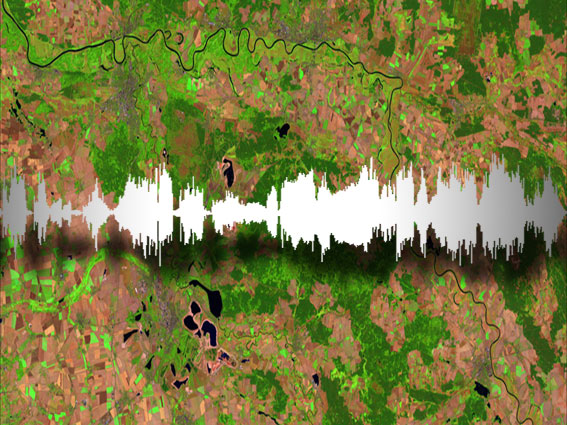Native Name
Magyar
Official Language: Hungary
Home Speakers: Romania, Czech Republic, Slovak Republic, Ukraine, Austria
Background
Hungarian is spoken by over 10 million people in Hungary. It is one of the Finno-Ugric languages, which include Finnish, Estonian, and a number of languages spoken in the Russia. Most of these languages, however, belong to the Finnic branch of this group, while Hungarian belongs to the Ugric. The only other existing Ugric languages, and thus the only other languages to which Hungarian is closely related, are the remote “Ostyak” and “Vogul” languages of Siberia, spoken in an area more than 2,000 miles from Hungary. As may be gathered from these facts, the original Hungarian people came from Asia, having long lived a nomadic life on the eastern slopes of the Urals. Forced to migrate westward between the 5th and 9th centuries A.D., they eventually reached the Danube where they settled in 896. Over the more than thousand years that have elapsed since tthen, the Hungarians have become “Europeanised”, with only their language serving to reveal their Asian Origins. The Hungarians call their language Magyar. It is considered extremely difficult for foreigners to learn, with its vocabulary largely from Asia and its grammar containing a number of complex features not to be found in other Western languages. It is an agglutinative language, meaning that it heavily relies on prefixes and suffixes. The most important English word of Hungarian origin is “coach”, after the village of Kocs (“cs” is pronounced like “ch” in English), where coaches were invented and first used. Other words known world-wide are “goulash” and “paprika”.
Reprinted from www.unhchr.ch/udhr/

